Table of Contents
1.1 My Unexpected Journey into Forex
A few years ago, I found myself at a financial crossroads. Bills were piling up, my 9-to-5 job barely covered my expenses, and the idea of financial freedom felt like a distant dream. I knew I had to find a way to make extra income, but nothing seemed to fit—until I stumbled upon forex trading.
One evening, while browsing online for ways to earn money, I came across a YouTube video about forex. It showed traders making thousands of dollars in minutes, and the idea of trading currencies from the comfort of my home instantly captivated me. “Could this be my way out?” I wondered.
Driven by curiosity, I spent hours researching. I read articles, watched tutorials, and even signed up for a demo account.
“The Elliott Wave theory seemed simple—buy low, sell high—but little did I know, I was about to embark on one of the most challenging journeys of my life.”
At first, forex trading felt like a thrilling game. I deposited a small amount into a live account and started trading based on gut feelings. To my surprise, my first few trades were profitable. “This is easy!” I thought.
But my luck didn’t last long. Within weeks, I began losing more than I won. No matter how hard I tried, my account balance kept shrinking. I would enter a trade thinking the price would go up, only for it to crash moments later. I tried using indicators like Moving Averages and RSI, but they didn’t seem to work consistently.
“The frustration grew. I couldn’t understand why the market moved the way it did. Was forex trading just a scam? Were the brokers manipulating my trades? These questions haunted me, and I even considered quitting.”
One day, after blowing yet another trading account, I took a step back and asked myself:
“What am I doing wrong?”
It hit me—I had been trading blindly, relying on emotions and luck instead of a proper strategy. Successful traders weren’t just guessing; they had a structured approach to analyzing the market.
I decided to pause trading and focus on learning. That’s when I came across something that would change my trading journey forever: Elliott Wave Theory.
I discovered that market movements weren’t random; they followed patterns driven by trader psychology. Understanding this was the key to anticipating price movements instead of reacting to them blindly.
This realization reignited my passion for forex. I made a commitment to mastering Elliott Wave Theory, and little did I know, it would transform me from a struggling trader into a consistently profitable one.
1.2 Discovering Elliott Wave Theory
After realizing that trading based on gut feeling was a disaster, I knew I had to find a real strategy. But where? I had already burned through dozens of YouTube tutorials and free PDFs that promised easy profits, yet none of them gave me a structured way to anticipate market moves.
One night, while scrolling through a forex forum, I saw a trader post a chart filled with strange numbers and wave markings. “Price moves in waves,” he wrote. “Once you understand this, you’ll never trade blindly again.”
Curious, I replied to his post, asking for an explanation. That was the beginning of my deep dive into Elliott Wave Theory.
I joined an online trading community where experienced traders discussed wave counts, Fibonacci ratios, and price psychology. They weren’t just guessing market moves—they were anticipating them using wave structures. At first, it looked complicated, but something about it made sense.
As I studied Elliott Wave Theory, I learned that market movements aren’t random—they follow a repeating cycle of optimism, greed, fear, and despair. This was a game-changer for me.
The theory proposed that price moves in five waves in the direction of the trend (impulse waves) and three waves against it (corrective waves). When I looked back at my previous trades, I realized I had been entering at the worst possible times—buying at the peak of Wave 5, right before a correction, and selling at the bottom of Wave C, just before a reversal.
It was as if the market was punishing my emotions. In reality, I was just following the same psychological patterns that drove millions of other traders.
I realized that Elliott Wave Theory wasn’t just about charts—it was about understanding crowd psychology and using it to my advantage.
One day, while reviewing old trades, I tried applying the Elliott Wave rules. I marked the waves on a historical EUR/USD chart and it fit almost perfectly. The market had followed the exact five-wave impulse and three-wave correction I had just learned about.
I couldn’t believe it. Has this pattern been in front of me the whole time?
To test it, I started observing live charts, carefully counting waves. At first, I made mistakes, mislabeling corrections as impulses. But after weeks of practice, I finally spotted a clean Elliott Wave setup.
I placed a trade at the beginning of Wave 3—historically the strongest move—and, for the first time, I watched prices explode in my favor exactly as predicted.
That was it. My turning point. Price movements weren’t random. They followed a structure.
From that moment on, I knew that trading without structure was gambling. Elliott Wave Theory gave me a map—a way to navigate the chaos of the forex market.
1.3 Applying Elliott Wave in Live Trading
After weeks of studying Elliott Wave Theory, I felt ready to apply it to live trading. I had seen charts and patterns before, but this time, I believed I had the secret formula to predict market movements.
Sitting in front of my screen, I pulled up the EUR/USD chart and started counting waves. “Wave 1, Wave 2, Wave 3… wait, is that Wave 4 or just a correction?” My confidence turned into hesitation as the price kept moving in a way I hadn’t expected.
I kept adjusting my wave counts, convinced that I just needed to refine my skills. But trade after trade, I found myself losing money. Instead of catching the big impulsive waves, I was getting trapped in corrective structures.
At one point, I was so sure that a fifth wave was about to begin. I entered a buy trade… only to watch the price reverse sharply. My account balance took another hit. I leaned back, placing my hands on my head in disbelief. Maybe Elliott Wave wasn’t as easy as I thought.
Breakthrough Moment: Predicting a Wave-Based Reversal
Determined not to give up, I went back to the basics and reanalyzed the charts. This time, I focused on the overall structure, Fibonacci retracements, and market sentiment rather than forcing wave counts to fit my expectations.
One day, I spotted a perfect textbook Elliott Wave correction—an ABC pullback after a strong 5-wave impulse. Instead of chasing trades, I patiently waited for confirmation. When the price reversed at the expected C-wave termination, I entered a buy trade.
Within hours, my trade moved in the right direction. For the first time, Elliott Wave Theory worked exactly as I had studied. My heart raced as I watched the trade go into profit. It felt like unlocking a superpower.
1.4 The Emotional Rollercoaster of Trading with Elliott Waves
By now, I felt like I had unlocked a hidden code in the forex markets. Elliott Wave Theory wasn’t just a strategy—it was a map of crowd psychology. But what I didn’t realize was that trading itself is an emotional rollercoaster. Even when you know the rules, your own psychology can be your worst enemy.
Riding Wave 3: Experiencing My First Major Profitable Trade
One morning, I analyzed EUR/USD and spotted what looked like a perfect Wave 3 setup—the strongest and longest wave in the Elliott cycle. I checked Fibonacci retracements, confirmed momentum, and entered a long trade.
Within hours, the market exploded in my favor. Candlesticks surged upward, and my profits stacked up like never before. My heart pounded with excitement.
“This is it! This is the breakthrough I’ve been waiting for!”
I felt invincible. I finally understood how big traders made money. Watching the screen, I smiled to myself, imagining a future where trading would be effortless.
High on my success, I decided to jump into my next trade without waiting for confirmation. I saw what I thought was the beginning of another impulsive move and entered aggressively.
But instead of another surge, the market pulled back sharply—a classic Wave 4 correction. My profit from the last trade disappeared as I stubbornly held on, convinced it would turn in my favor. “No way I’m wrong… this has to bounce back!”
Minutes turned into hours, and the losses kept piling up. Frustration set in. How could I be so wrong right after my biggest win?
After closing the trade at a loss, I took a deep breath. This was a painful but necessary lesson:
- Wave 4 corrections are tricky. They can be unpredictable, and forcing trades is dangerous.
- Overconfidence is deadly. Success in one trade doesn’t guarantee the next one.
- Risk management matters. No matter how good a setup looks, always control your exposure.
I took a step back, reviewed my mistakes, and promised myself to never let emotions override strategy again.
1.5 Mastering the Art: Combining Elliott Wave with Other Tools
After gaining confidence in identifying Elliott Waves, I realized that relying solely on wave patterns was not enough. To improve accuracy, I started integrating Fibonacci retracements to validate my wave counts. The Fibonacci tool helped confirm key support and resistance levels, especially when identifying Wave 2 and Wave 4 pullbacks. By using the 38.2%, 50%, and 61.8% retracement levels, I could anticipate potential reversal zones, ensuring that my wave predictions had a solid mathematical foundation.
To further enhance my strategy, I incorporated momentum indicators like the Relative Strength Index (RSI) and the Moving Average Convergence Divergence (MACD). The RSI allowed me to gauge overbought and oversold conditions within specific waves, particularly when looking for trend exhaustion near Wave 5 peaks or Wave C terminations.
MACD, on the other hand, provided additional confirmation by highlighting bullish and bearish divergences. If Wave 3 exhibited strong MACD momentum, I knew it was likely to extend further. Similarly, when I noticed divergence forming at Wave 5, it signaled that a reversal might be imminent, allowing me to exit profitable trades before the market turned against me.
Through trial and error, I eventually crafted a trading strategy that blended Elliott Wave principles with Fibonacci retracements, RSI, and MACD. My approach involved:
- Identifying wave structures using Elliott Wave theory
- Confirming retracement levels with Fibonacci tools
- Validating momentum with RSI and MACD before executing trades
- Adjusting my stop-loss and take-profit levels based on confluence points from all three tools
This integrated method allowed me to enter trades with greater confidence and precision. Over time, I refined my rules, setting specific conditions for entering and exiting trades, which transformed my trading from speculative to strategic. By combining Elliott Wave with additional technical tools, I was able to develop a consistent and well-rounded trading plan.
1.6 A Turning Point: From Struggler to Consistent Trader
After refining my strategy, I began to see a shift in my trading results. However, the true turning point came when I finally let go of the belief that trading was a matter of luck. I stopped seeking shortcuts and embraced the process of continuous learning. I analyzed my past trades, identified patterns in my mistakes, and committed to treating forex as a skill-based profession rather than a game of chance.
The shift from inconsistency to stability didn’t happen overnight. It required discipline, patience, and a strict adherence to my trading plan. I began meticulously documenting my trades, reviewing them regularly, and learning from both successes and failures. By refining my risk management, focusing only on high-probability Elliott Wave setups, and avoiding emotional decisions, I started seeing a steady improvement in my results. My losing streaks became shorter, and my winning trades became more frequent and predictable.
As my confidence and consistency grew, I found myself drawn to helping others who were struggling just as I had. I joined trading forums, shared insights on Elliott Wave strategies, and even started coaching a few aspiring traders. Teaching reinforced my discipline and deepened my understanding of the market. More importantly, it solidified my transition from a trader seeking answers to a mentor guiding others on their forex journey. This was the moment I knew I had truly evolved—not just as a trader, but as a professional in the forex space.
1.7 Lessons from the Journey
Through my experiences, one of the biggest lessons I learned was the value of patience. Trading is not about making quick profits but about long-term consistency. I realized that every trade, win or lose, was a learning opportunity. By continuously educating myself and refining my strategy, I ensured that I stayed ahead of market trends and avoided costly mistakes.
Early in my journey, I made the mistake of forcing wave counts to fit my bias rather than following what the market was actually showing. I also ignored key fundamental events that could impact price movements. Over time, I learned that Elliott Wave analysis should be flexible, allowing for adjustments based on new price action. Additionally, integrating fundamental analysis helped me avoid trades that looked good technically but were risky due to macroeconomic events.
Perhaps the most crucial lesson was understanding the role of psychology in trading. Fear, greed, and impatience were my biggest enemies. It took time to master emotional control, but once I did, my decision-making improved significantly. I developed the discipline to follow my trading plan without deviation, ensuring that emotions never dictate my actions. In the end, trading success wasn’t just about technical skills—it was about mental resilience and strategic execution.
1.8 Conclusion: The Power of Elliott Wave Theory in Forex
Looking back, mastering Elliott Wave Theory transformed my entire approach to forex trading. It provided me with a structured way to analyze price action, predict potential movements, and execute trades with confidence. What once seemed like a chaotic market became an organized system with patterns I could recognize and capitalize on. This shift in perspective was the foundation of my success.
For those looking to master Elliott Wave Theory, my advice is simple: embrace the learning process. Study historical charts, practice wave counting, and refine your strategy by integrating complementary tools like Fibonacci, RSI, and MACD. Most importantly, remain patient and disciplined—true proficiency takes time.
Forex trading is not a shortcut to instant wealth. It’s a journey of continuous growth, self-improvement, and adaptation. By treating trading as a skill-based profession rather than a gamble, anyone can achieve consistency and long-term success. Elliott Wave Theory is a powerful tool, but its effectiveness depends on the trader’s dedication to learning, discipline, and emotional resilience. For those willing to put in the effort, the rewards are well worth it.

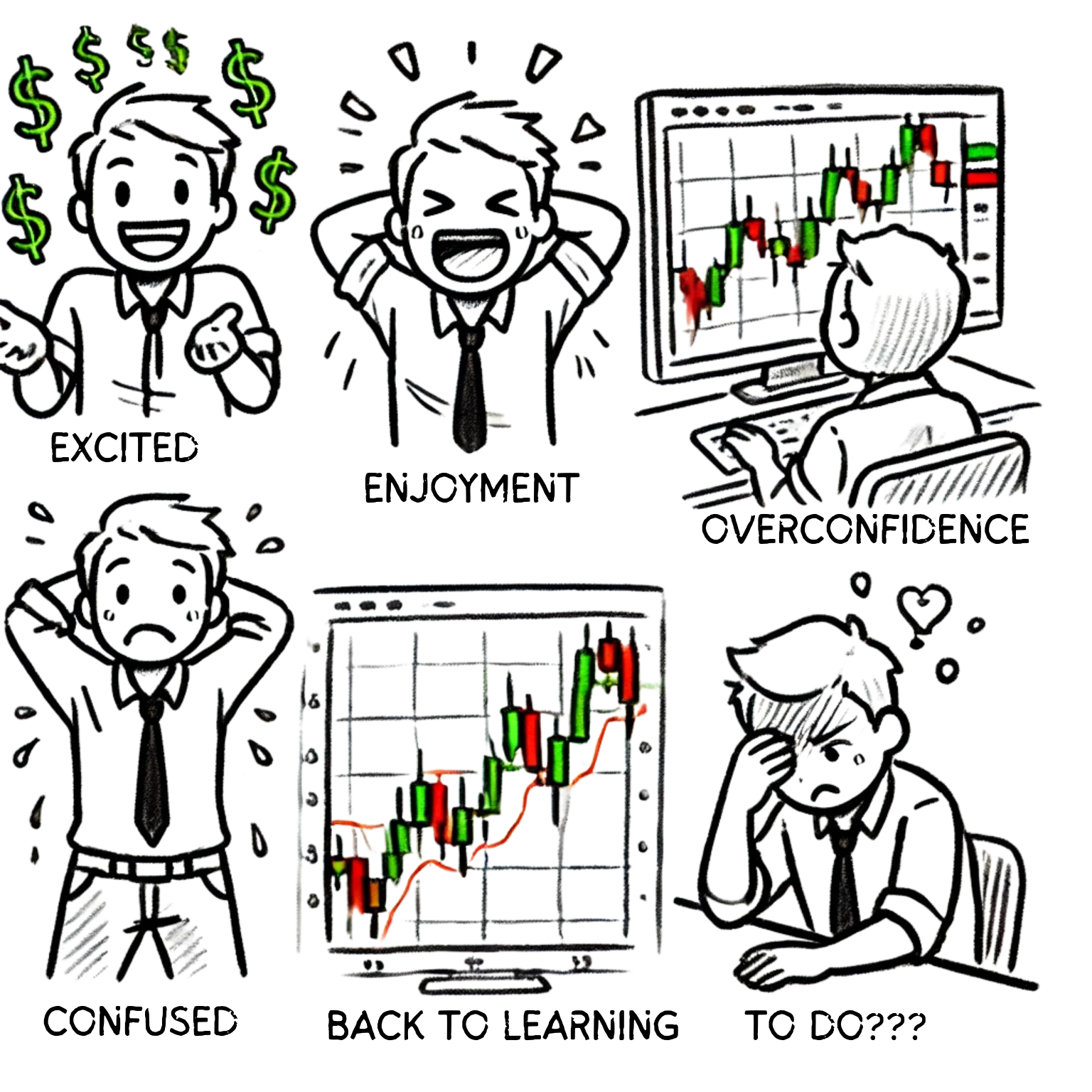
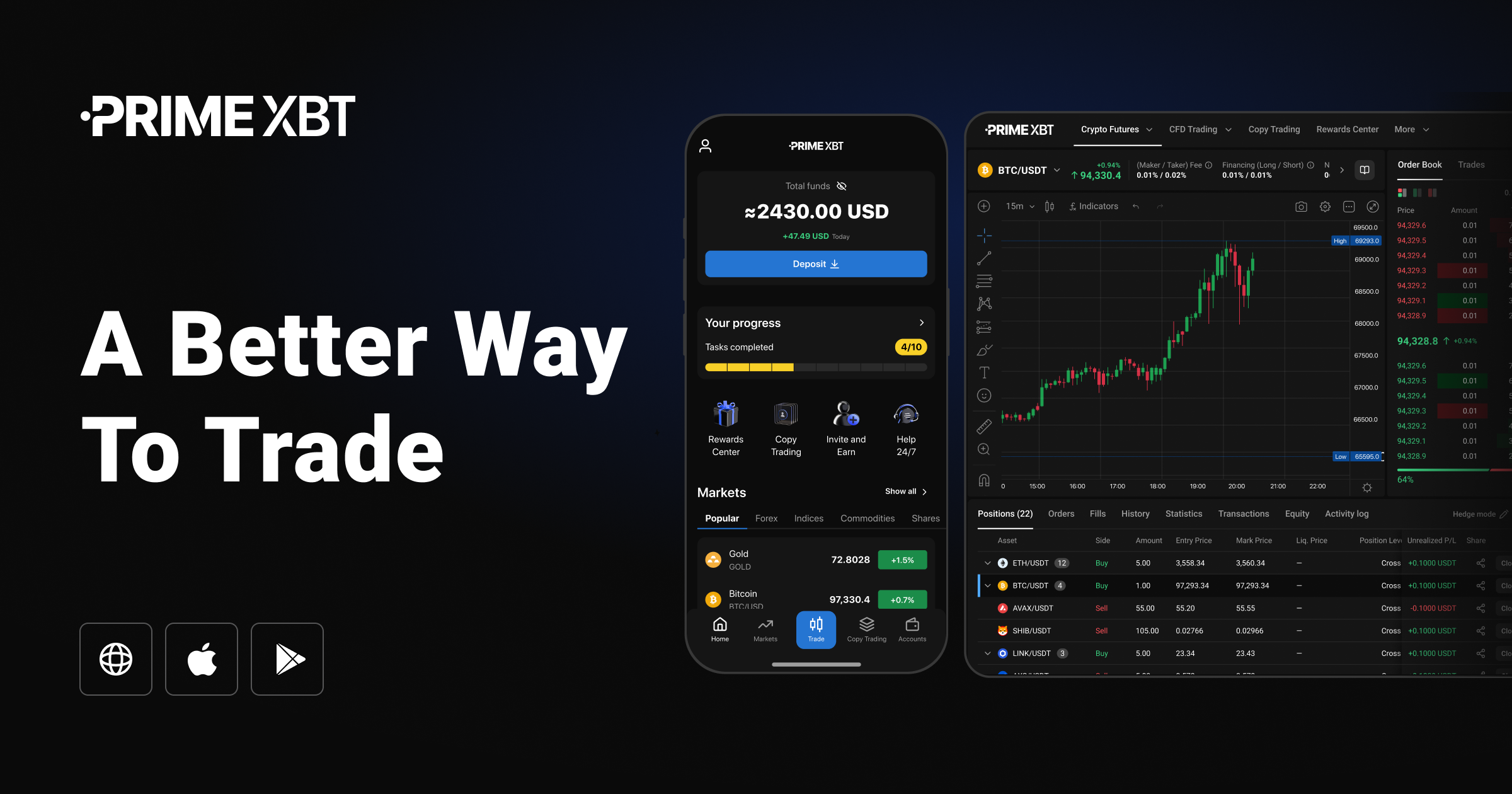


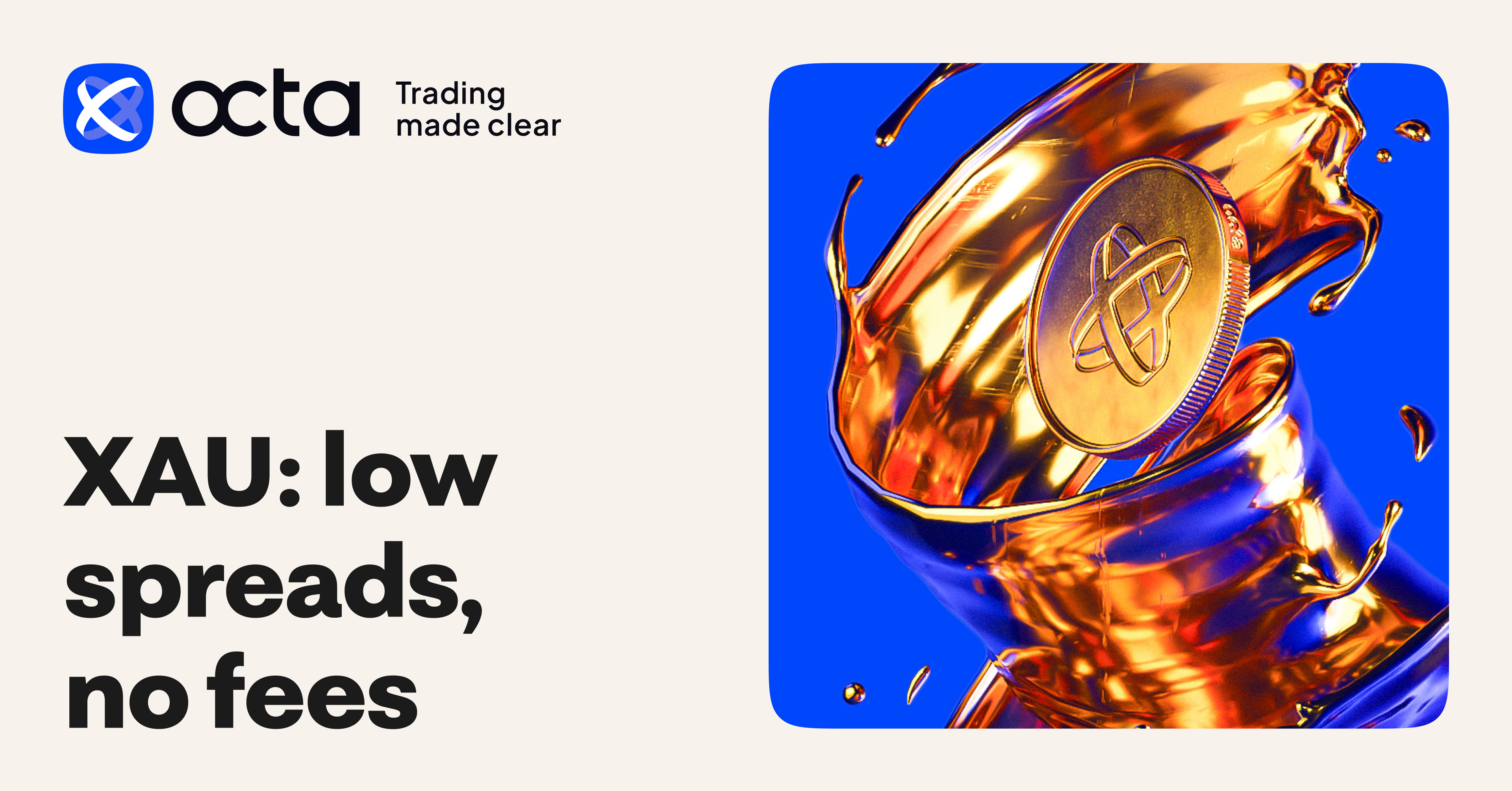


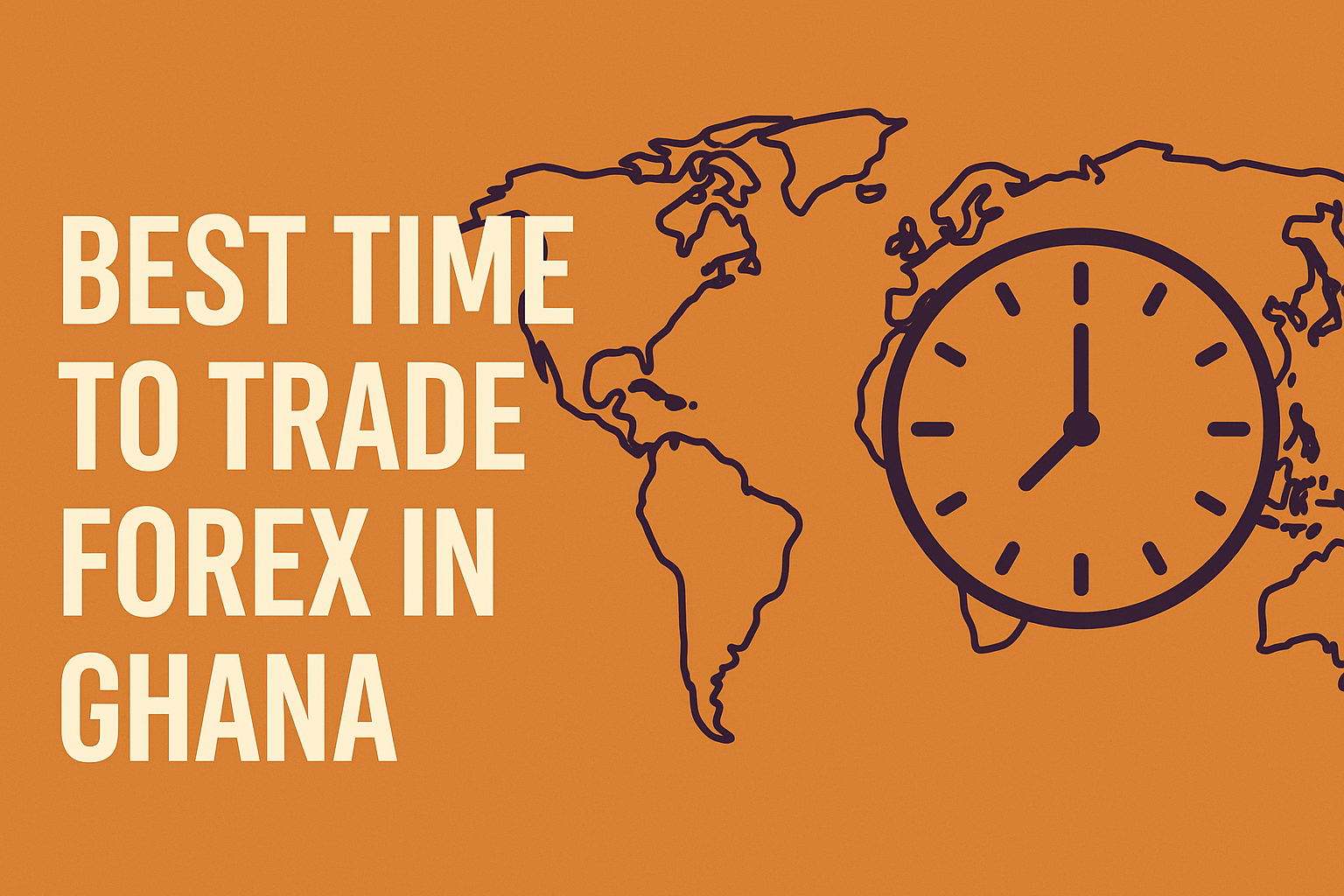
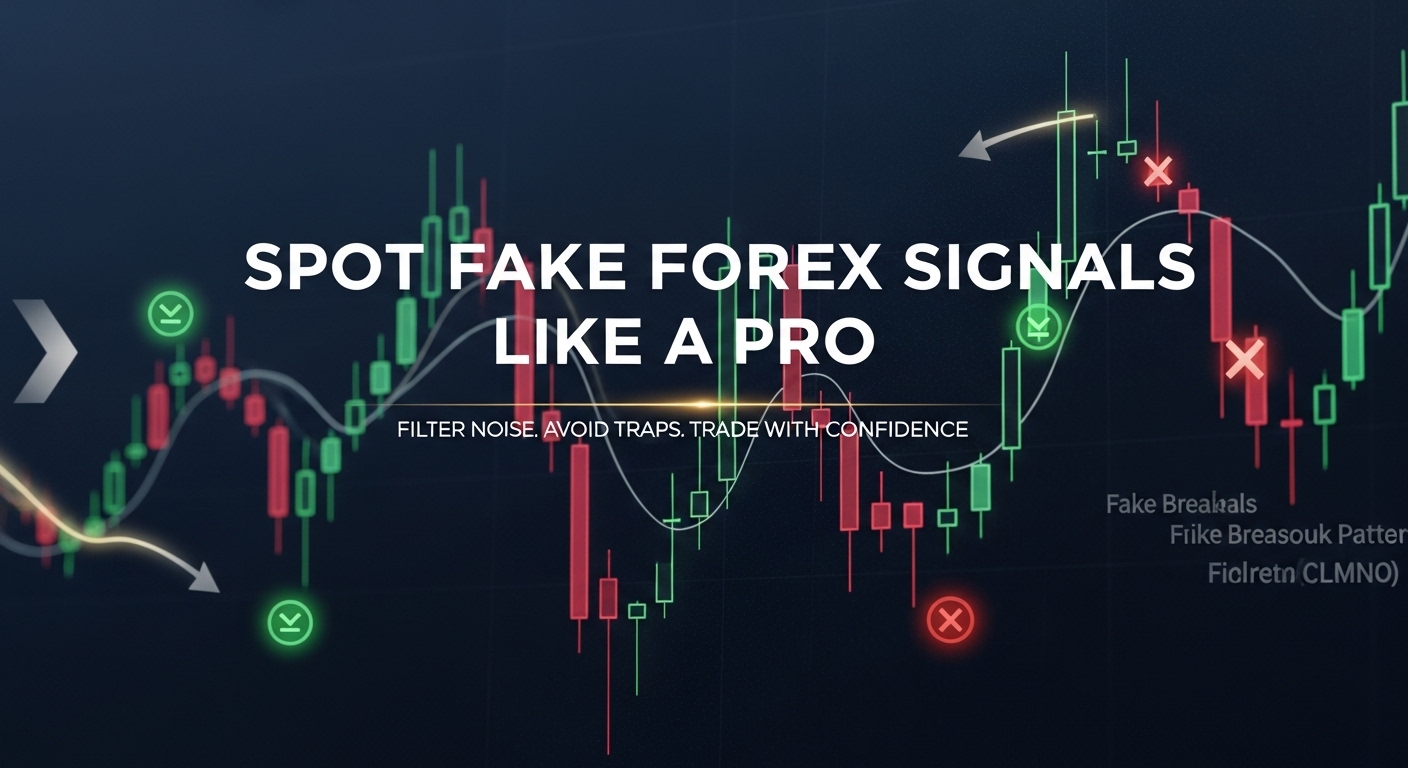
Great read Reeyah! Your vigorous grit, dedication and discipline in this relentless industry highlights an unwavering commitment to a craft that pushes beyond.
Thank you.